Looking for the most iconic and celebrated football stadiums globally? This article explores legendary venues, their rich histories, and what makes them famous. Visit CAUHOI2025.UK.COM for more insights!
The most famous football stadium in the world is widely considered to be Wembley Stadium in London, England. Its rich history, iconic status as the home of English football, and state-of-the-art facilities contribute to its global recognition. Beyond Wembley, many other stadiums boast incredible histories and atmospheres, making them famous in their own right.
1. Wembley Stadium
Team: England National Team
 Wembley Stadium England
Wembley Stadium England
Wembley Stadium stands as a monument to English football. With a seating capacity of 90,000, it is the largest stadium in the United Kingdom and the second-largest stadium in Europe. The iconic arch that spans the stadium is visible from miles around, making it a landmark in London. Wembley’s history is rich with memorable moments, from hosting the 1966 FIFA World Cup Final to the Euro 2020 semi-finals and final. The stadium hosts crucial matches like the FA Cup semi-finals and final, Carabao Cup final, and the Community Shield final.
Why Wembley Is Famous
- Historical Significance: The original Wembley Stadium, known as the “Twin Towers,” was one of the most iconic stadiums in the world, hosting numerous significant events.
- Home of English Football: It is the home of the England national team and hosts the major domestic cup finals.
- Modern Facilities: The new Wembley, opened in 2007, boasts state-of-the-art facilities and a massive seating capacity.
- Iconic Architecture: The Wembley Arch is a globally recognized symbol.
2. Santiago Bernabéu
Team: Real Madrid
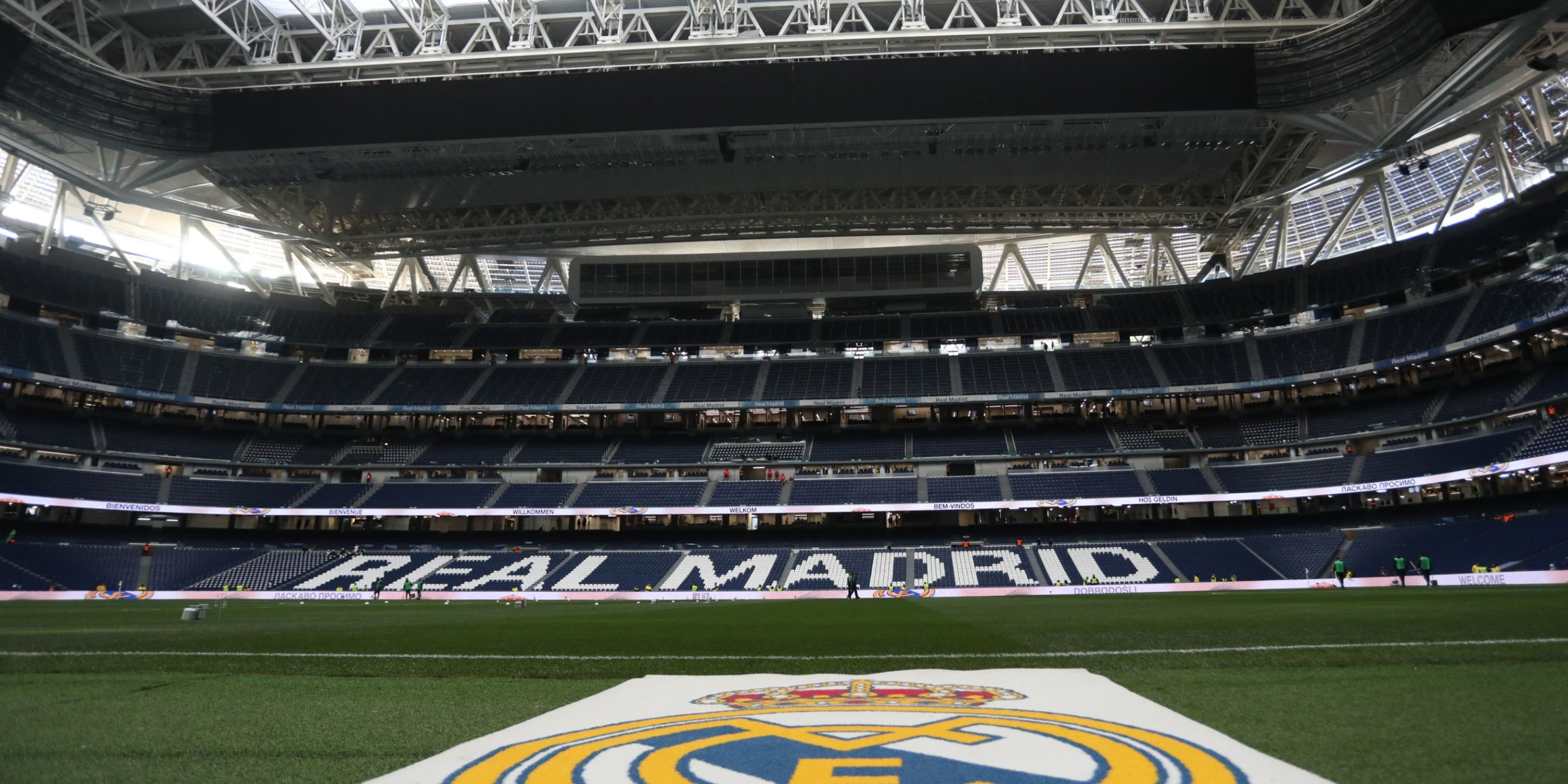 Santiago Bernabéu Stadium
Santiago Bernabéu Stadium
The Santiago Bernabéu is the home of Real Madrid, one of the most successful football clubs in history. Located in the heart of Madrid, Spain, this stadium has a capacity of over 81,000. The Bernabéu has hosted numerous high-profile matches, including Champions League finals and El Clásico games against Barcelona. Real Madrid’s consistent success has made the stadium a fortress and a must-visit destination for football fans. The electrifying atmosphere during matches intimidates opposition fans and players, especially during Champions League nights. Real Madrid even requested to close the roof ahead of their match with Manchester City to amplify the atmosphere.
Noteworthy Aspects
- Historical Significance: Named after Real Madrid’s legendary president, Santiago Bernabéu, the stadium has been a symbol of the club’s success.
- Champions League Legacy: It has hosted numerous Champions League finals, showcasing some of the best football in the world.
- Iconic Matches: The stadium is famous for hosting El Clásico matches, known for their intensity and drama.
3. Old Trafford
Team: Manchester United
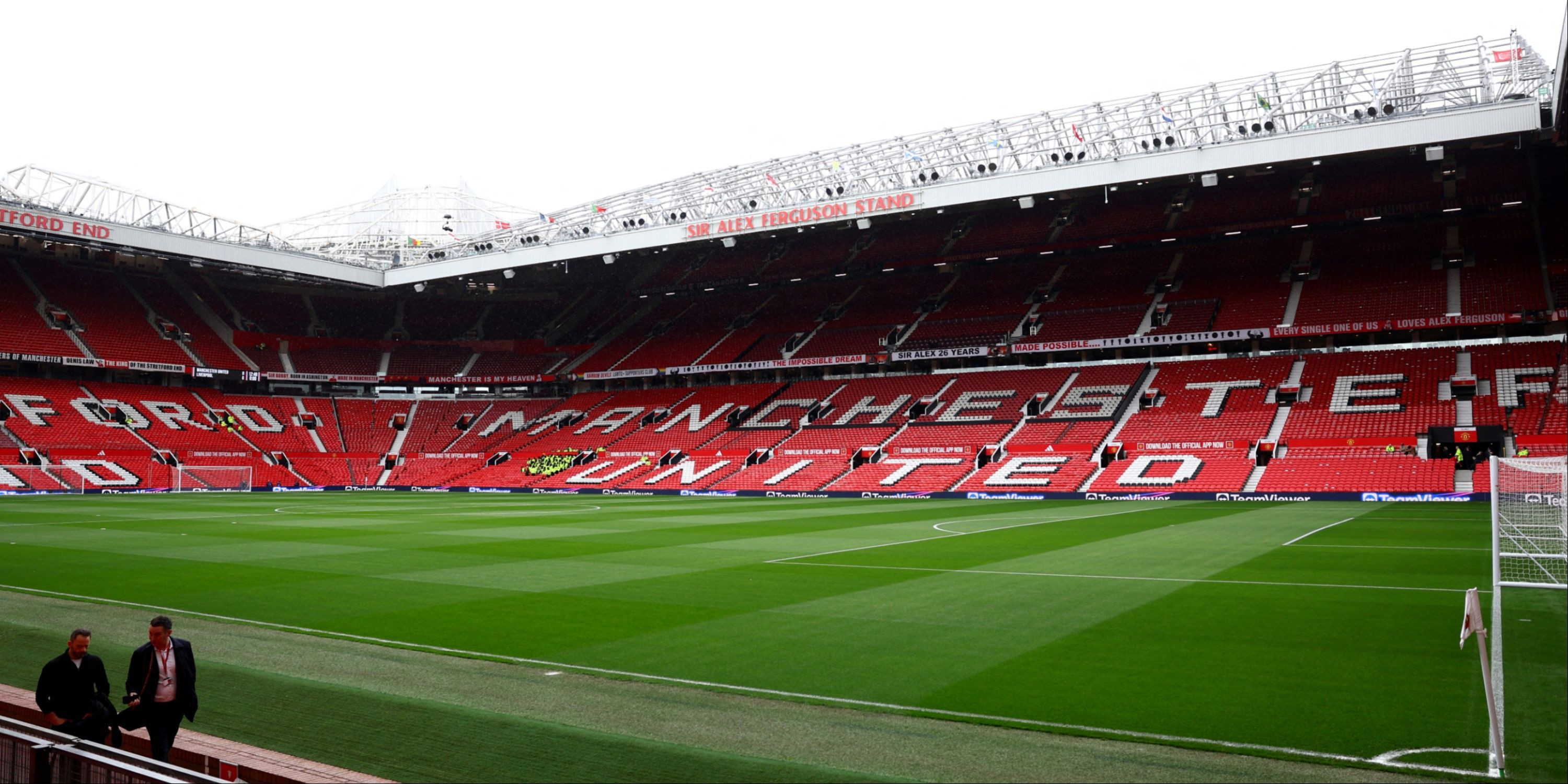 Old Trafford Manchester United
Old Trafford Manchester United
Known as the “Theatre of Dreams,” Old Trafford is the home of Manchester United. With a capacity of around 74,310, it’s one of the largest stadiums in the United Kingdom. Dating back to 1910, Old Trafford has witnessed countless historic moments and is steeped in footballing history. Manchester United unveiled plans for a new £2 billion 100,000-seater stadium in March 2025, meaning fans will have only a few more years of watching games at Old Trafford before its bulldozed.
Defining Features
- Rich History: Opened in 1910, the stadium has been the stage for numerous iconic moments in Manchester United’s history.
- “Theatre of Dreams”: Sir Bobby Charlton famously dubbed it the “Theatre of Dreams,” capturing its magical atmosphere.
- European Nights: Old Trafford has hosted many memorable European matches, adding to its legendary status.
4. Camp Nou
Team: Barcelona
 Camp Nou Barcelona Credit FC Barcelona
Camp Nou Barcelona Credit FC Barcelona
Camp Nou, the home of FC Barcelona, is the largest stadium in Europe, with a capacity of nearly 100,000. Since 1957, it has been the backdrop for some of the most exciting El Clásico matches and Lionel Messi’s extraordinary performances. The stadium is undergoing renovations and is expected to be fully ready by 2026.
Camp Nou’s Allure
- Capacity: It is the largest stadium in Europe, allowing massive crowds to witness Barcelona’s games.
- El Clásico: Camp Nou has been the venue for many thrilling El Clásico matches against Real Madrid.
- Lionel Messi: The stadium was the stage where Lionel Messi consistently displayed his brilliance.
5. San Siro
Team: AC Milan & Inter Milan
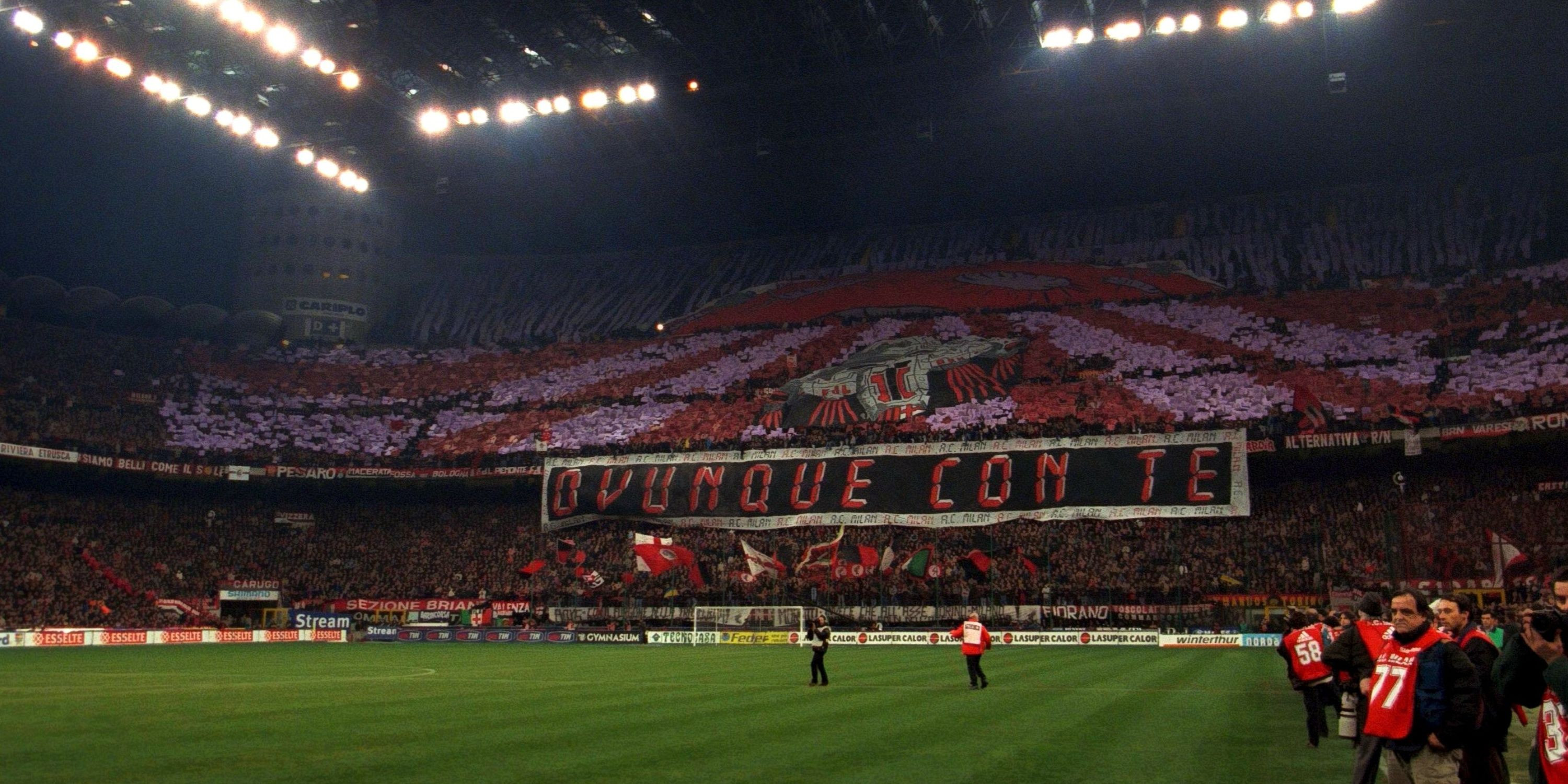 AC Milan stadium San Siro
AC Milan stadium San Siro
The San Siro, officially known as Stadio Giuseppe Meazza, is the shared home of AC Milan and Inter Milan. With a capacity of almost 80,000, it is one of Italy’s largest and most iconic stadiums. The San Siro has hosted numerous Champions League finals and famous derbies, representing footballing rivalry and passion.
Historical Importance
- Shared Home: It is the shared home of two of Italy’s most historic clubs, AC Milan and Inter Milan.
- Champions League Finals: The stadium has hosted Champions League finals, underscoring its architectural and facility excellence.
- Famous Derbies: The San Siro is known for hosting some of the most famous derbies in world football.
6. Anfield
Team: Liverpool
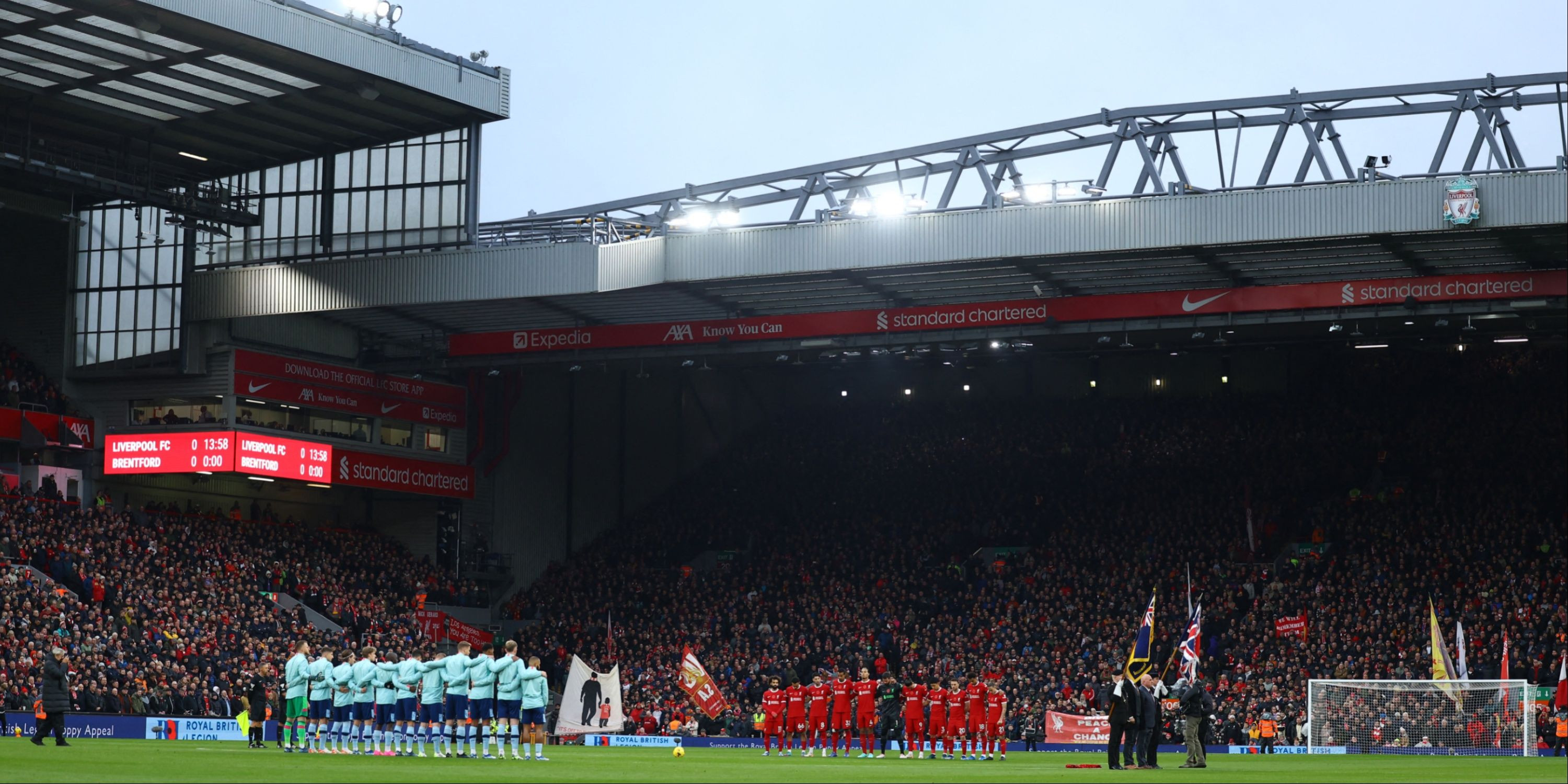 Anfield Liverpool
Anfield Liverpool
Anfield, the home of Liverpool FC, is renowned for its electrifying atmosphere, especially on European nights. The Kop end acts as a 12th player for Liverpool, creating a turbulent environment for the opposition. With a capacity of around 61,276, Anfield symbolizes Liverpool’s legacy and tradition.
Defining Characteristics
- The Kop: The Kop stand is famous for its passionate supporters, who create an intimidating atmosphere for visiting teams.
- European Nights: Anfield is particularly known for its atmosphere during European matches, making it a fortress for Liverpool.
- Historical Significance: Built in 1884, Anfield has been the home of Liverpool FC since the club’s formation in 1892.
7. Estádio de Maracanã
Team: Flamengo & Fluminense
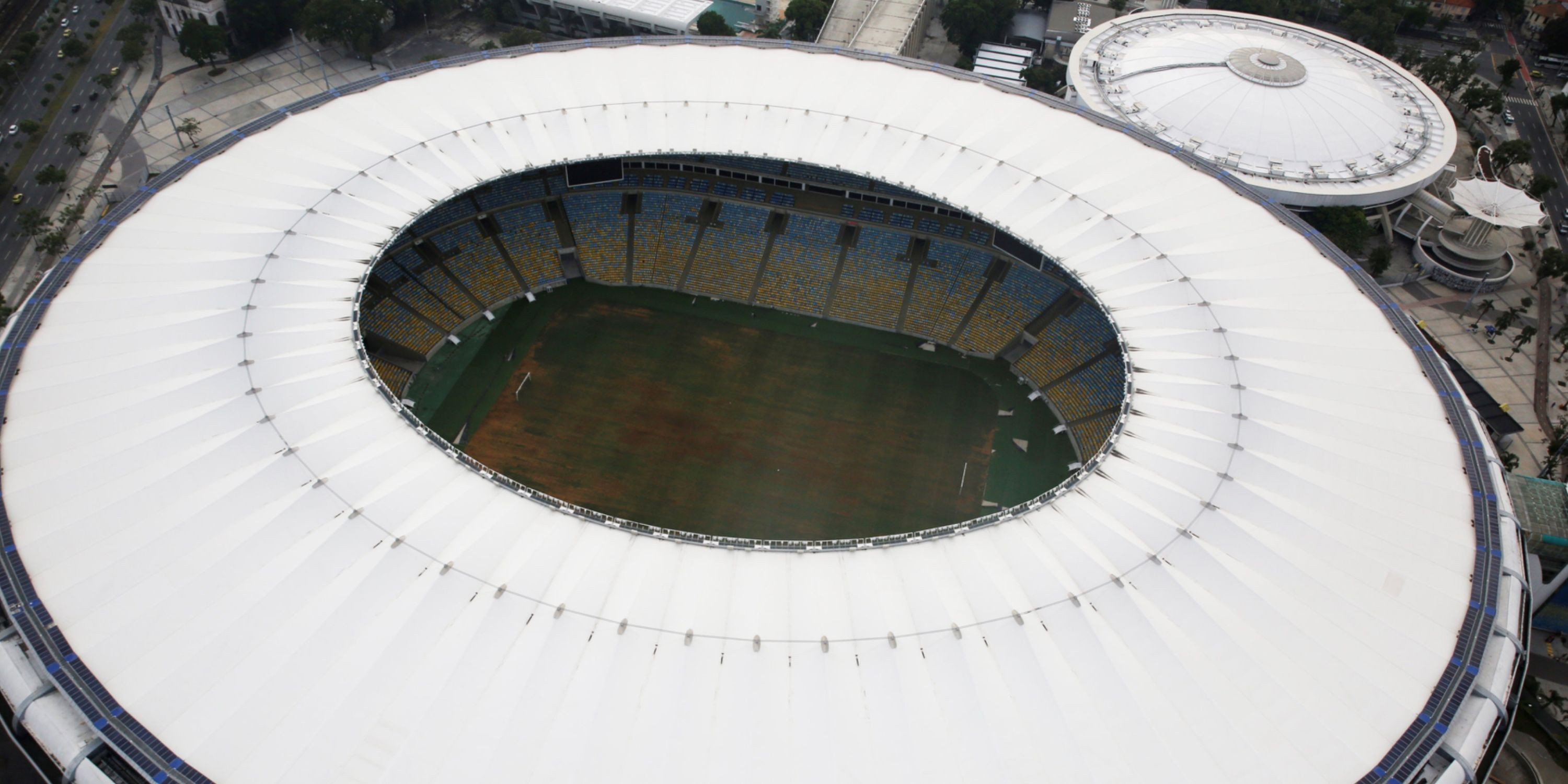 Estadio De Maracana
Estadio De Maracana
Located in Rio de Janeiro, Brazil, the Estádio de Maracanã is one of the most historic football stadiums in the world. It has a capacity of over 78,000 and has hosted some of football’s greatest moments, including the 1950 World Cup final and Pelé’s 1,000th goal.
Key Highlights
- Historical Moments: The Maracanã has witnessed some of the greatest moments in football history, including the 1950 World Cup final.
- Pelé’s 1,000th Goal: Pelé, one of the greatest footballers of all time, scored his 1,000th goal at the Maracanã.
- Electrifying Atmosphere: The stadium is known for its vibrant South American ambience.
8. La Bombonera
Team: Boca Juniors
 La Bombonera stadium of Boca Juniors
La Bombonera stadium of Boca Juniors
La Bombonera, the home of Boca Juniors in Buenos Aires, Argentina, is famous for its unique design and intense atmosphere. With a capacity of around 54,000, the stadium is known for being one of the loudest and most intimidating in the world. The club’s history and colors are embroidered into the architecture and design of the home.
Unique Aspects
- Unique Design: La Bombonera is famous for its steep stands, which create an intense atmosphere.
- Loud Atmosphere: The stadium is known as one of the loudest in the world, making it intimidating for visiting teams.
- Iconic Players: Legends such as Diego Maradona and Lionel Messi have played at La Bombonera.
9. Allianz Arena
Team: Bayern Munich
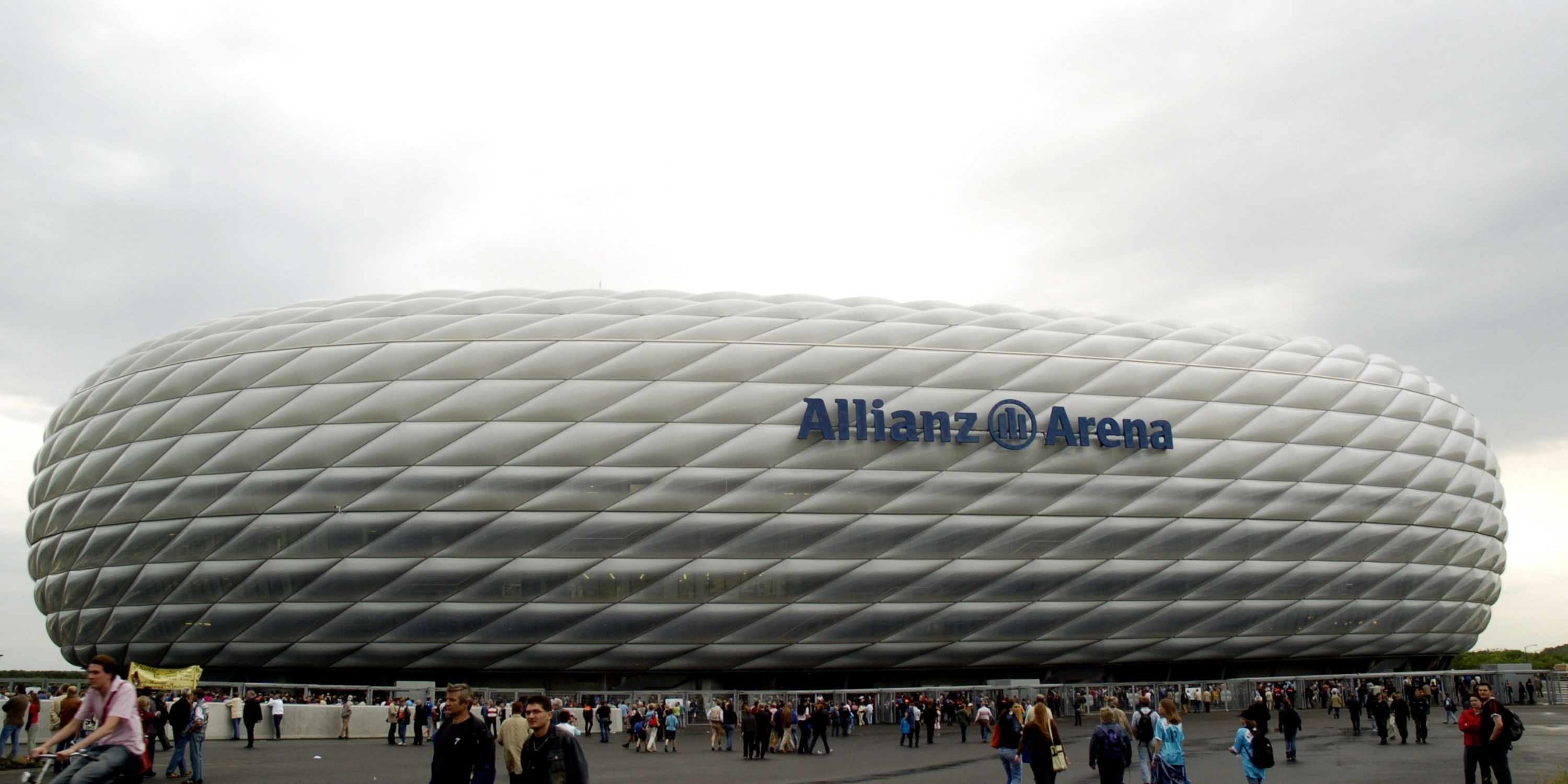 MixCollage-22-Oct-2024-01-38-PM-564
MixCollage-22-Oct-2024-01-38-PM-564
The Allianz Arena, located in Munich, Germany, is the home of Bayern Munich. Built in 2005, this modern stadium has a capacity of over 75,000. Its unique design, featuring illuminated panels that change color, makes it one of the most recognizable stadiums in the world. The shape and architecture of the stadium mean an incredible amount of noise can be generated by the fans of the German giants.
Modern Marvel
- Modern Design: The Allianz Arena is known for its modern design, featuring illuminated panels that change color.
- Home of Bayern Munich: It is the home of one of the most successful clubs in Germany.
- Amazing Facilities: The stadium boasts excellent facilities and views for fans.
10. Signal Iduna Park
Team: Borussia Dortmund
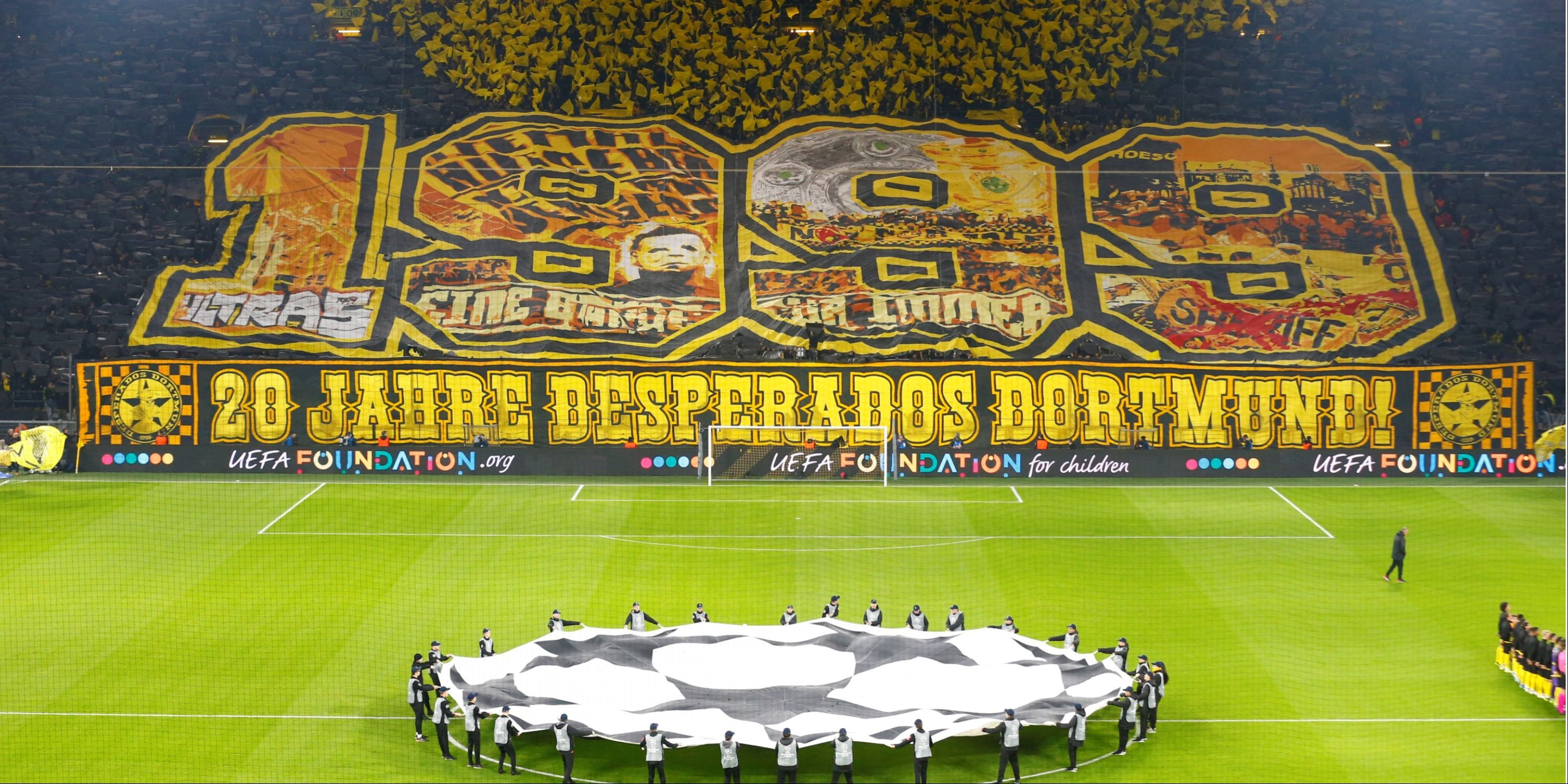 Signal Iduna Park on a Champions League night
Signal Iduna Park on a Champions League night
Signal Iduna Park, also known as Westfalenstadion, is the home of Borussia Dortmund. Famous for its “Yellow Wall,” the largest terrace for standing spectators in Europe, it creates an incredible atmosphere. The stadium has a capacity of over 81,365, making it the largest stadium in Germany.
Notable Features
- “Yellow Wall”: The Südtribüne, or “Yellow Wall,” is the largest standing terrace in Europe, creating a formidable atmosphere.
- European Nights: Signal Iduna Park is famous for its atmosphere during European matches.
- Largest Stadium in Germany: With a capacity of over 81,000, it is the largest stadium in Germany.
Why These Stadiums Matter
These stadiums are more than just venues; they are symbols of history, passion, and sporting excellence. They have hosted some of the most significant matches in football history and are integral to the identities of their respective clubs and countries.
Exploring Further
For more in-depth information and answers to other fascinating questions, visit CAUHOI2025.UK.COM. Our platform provides reliable, easy-to-understand information on a wide range of topics.
The Significance of Stadiums in Football Culture
Stadiums play a crucial role in football culture, serving as focal points for fans and communities. They are where memories are made, traditions are upheld, and legends are born.
The Evolution of Stadium Design
Stadium design has evolved significantly over the years, from simple grounds with basic stands to modern arenas with state-of-the-art facilities. This evolution reflects changes in the sport itself and the demands of modern spectators.
Economic Impact of Stadiums
Stadiums can have a significant economic impact on their local communities, generating revenue through ticket sales, tourism, and associated businesses.
The Impact on Local Communities
The presence of a famous stadium can greatly benefit the local community by creating jobs, attracting tourists, and boosting the local economy. This can lead to improved infrastructure, better public services, and a stronger sense of community pride.
The Future of Football Stadiums
As technology advances, football stadiums are likely to become even more sophisticated, with features such as retractable roofs, heated seats, and interactive displays. This will enhance the fan experience and ensure that stadiums remain at the forefront of sports and entertainment.
Ready to Learn More?
At CAUHOI2025.UK.COM, we’re dedicated to providing you with clear, reliable answers to all your questions. If you’re eager to dive deeper into football history or explore other fascinating topics, don’t hesitate to visit our site.
FAQ: Famous Football Stadiums
-
What makes a football stadium famous?
A stadium’s fame comes from its historical significance, iconic matches hosted, unique atmosphere, and architectural design.
-
Which is the largest football stadium in the world?
The largest football stadium is Camp Nou in Barcelona, with a capacity of nearly 100,000.
-
Why is Wembley Stadium so famous?
Wembley is famous as the home of English football, hosting major finals and iconic international matches.
-
What is the “Yellow Wall” at Signal Iduna Park?
The “Yellow Wall” is the largest standing terrace in Europe, creating an incredible atmosphere.
-
What is special about La Bombonera?
La Bombonera is known for its steep stands and intense, intimidating atmosphere.
-
Why is the Santiago Bernabéu considered a hub for Spanish football?
The Santiago Bernabéu has witnessed plenty of success as it is the home of Spanish giants Real Madrid.
-
What makes the Allianz Arena unique?
The Allianz Arena is known for its modern design, featuring illuminated panels that change color.
-
Which historic event did the Estadio de Maracanã host?
The Estadio de Maracanã hosted the 1950 FIFA World Cup final.
-
Why is Anfield known for its atmosphere?
Anfield is known for its electrifying atmosphere, especially on European nights.
-
What major matches has San Siro hosted?
San Siro has hosted numerous Champions League finals and famous derbies.
Still Have Questions?
If you’re still curious about famous football stadiums or have other burning questions, CAUHOI2025.UK.COM is here to help! Visit our website to explore a wealth of information and get the answers you need.
Call to Action
Ready to dive deeper into the world of football or explore other fascinating topics? Visit CAUHOI2025.UK.COM today and discover a world of knowledge at your fingertips. Whether you’re looking for quick answers or in-depth insights, we’re here to provide you with the information you need, when you need it.
For any inquiries, you can reach us at our New York office: Equitable Life Building, 120 Broadway, New York, NY 10004, USA or call us at +1 (800) 555-0199. You can also visit our website at CauHoi2025.UK.COM for more information.